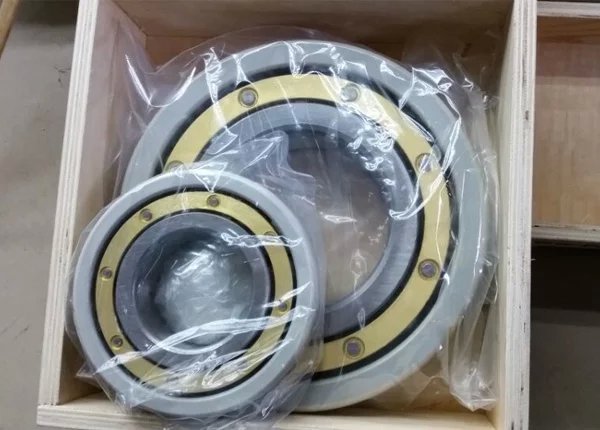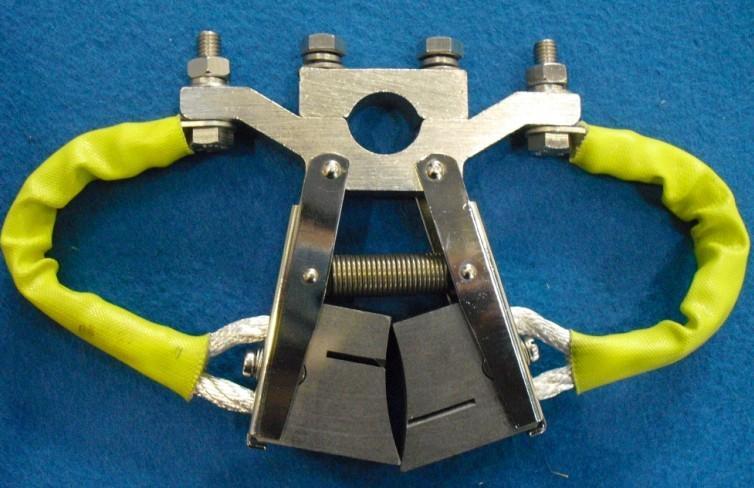+86 533 2766 028
+86 533 2766 028
The shaft voltage generated by the three phase induction motor during operation is a very serious equipment hidden danger. The shaft current formed by the shaft voltage seriously threatens the safe operation of the equipment. The existence of shaft current is extremely destructive to the service life of induction motor bearings. Excessive shaft current will cause damage to the bearings, making the motor unable to operate normally.
There are many preventive measures for shaft current. Specific methods such as shaft insulation, shaft insulation, bearing sleeve insulation, adjustment of balanced ground voltage, and necessary auxiliary measures can be adopted. Regardless of the measure, the basic principle can be summarized into two kinds, one is to cut off the circuit and the other one is to eliminate the shaft voltage.
In the specific implementation process, it has a certain relationship with the production and processing technology of the three-phase AC induction motor manufacturer and the actual operating conditions of the motor. The methods of shaft insulation, bearing insulation, and bearing sleeve insulation are relatively a once and for all method, but it is more complicated, and the operation of balanced ground voltage is simple, but the later maintenance is more troublesome.
Preventive Measures For Shaft Current
Motor shaft insulation: Insulation measures are taken on the shaft of the motor. Insulation measures can be taken on the front and rear bearing stands and shoulders of the motor shaft using a rolling bearing structure, such as the plasma uniform spraying of high-performance heat-resistant ceramic insulation. In order to cut off the shaft current path between the motor shaft and the load machinery, coupling auxiliary devices such as speedometers and encoders, and some special measures must also be taken, such as insulating the coupling directly connected to the motor shaft.
Use of insulated bearings:
Three-phase induction motors with rolling bearing structures should use insulated bearings. The simplest method is to uniformly spray a high-performance insulating layer on the inner surface and the end face of the bearing inner ring by plasma spraying. If the insulating layer is sprayed on the outer surface and both ends of the bearing outer ring, it is easy to be scratched when disassembling the end cover, thereby losing the insulation ability. Adopting the structure of sliding bearing, the traditional method is to add epoxy glass cloth plate and so on at the fixed bearing part. Incoming and outgoing pipelines are insulated with pipe joints. It is also possible to add a sleeve in the bearing chamber of the end cap, and sandwich the insulation layer between the sleeve and the end cap, fasten the bolts of the inner and outer covers, add insulation sleeves and insulation pads, etc. This structure and process are relatively complicated.

Balanced ground voltage:
Due to the presence of stray capacitance, the voltages to ground at the end of the shield of the same cable are not exactly equal, so if there is a voltage drop on the cable, there will be current. By balancing the ground voltage and reducing the voltage drop on the cable shield, the current flowing through the bearing can be reduced.

Grounded carbon brush:
The shaft current is drawn out by a grounded carbon brush to avoid damage to the bearing. At present, there is a soft carbon brush that can be installed on the shaft, which is integrated with the bearing seal and fixed and can take into account the elimination of the shaft current and the role of the shaft but seal.